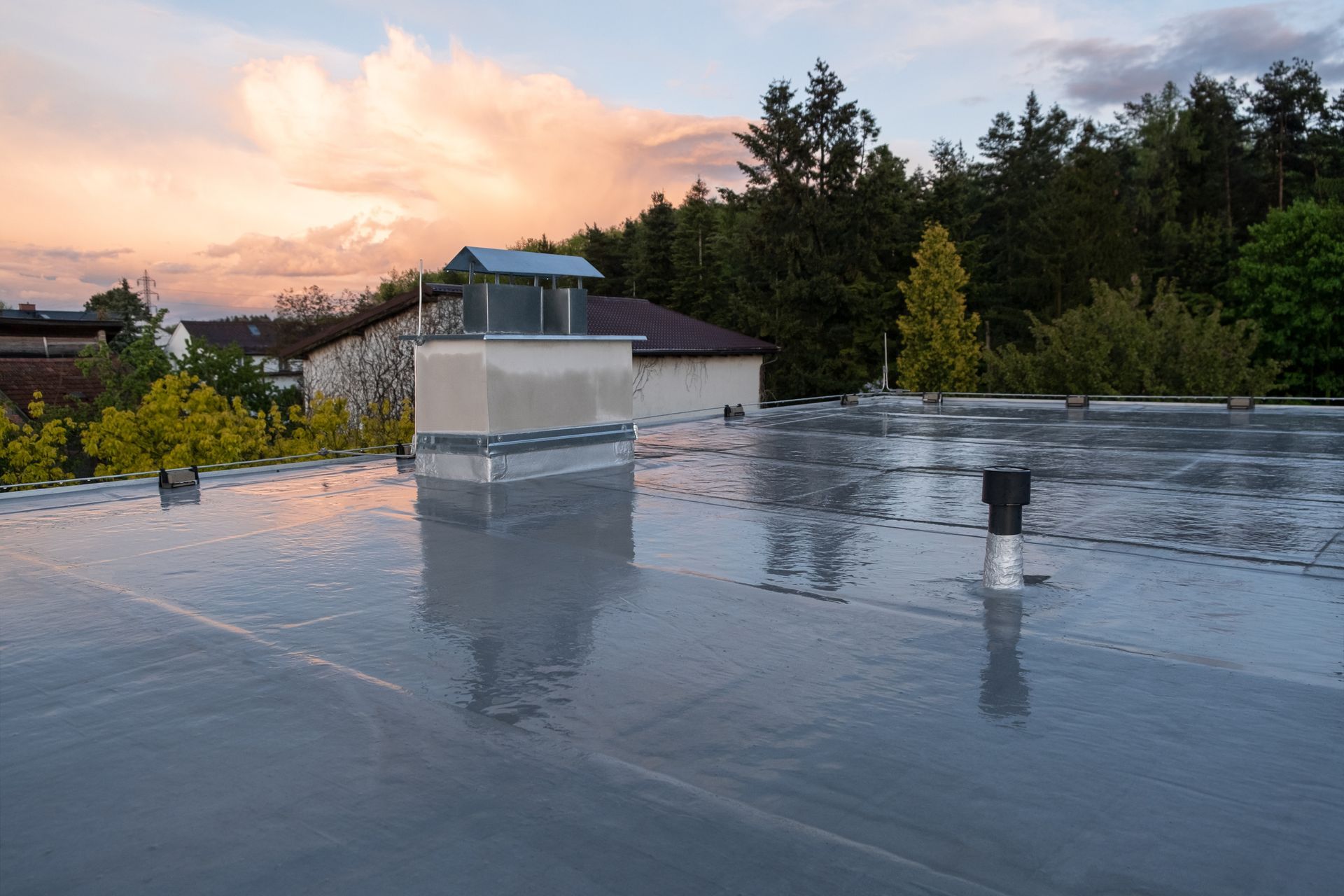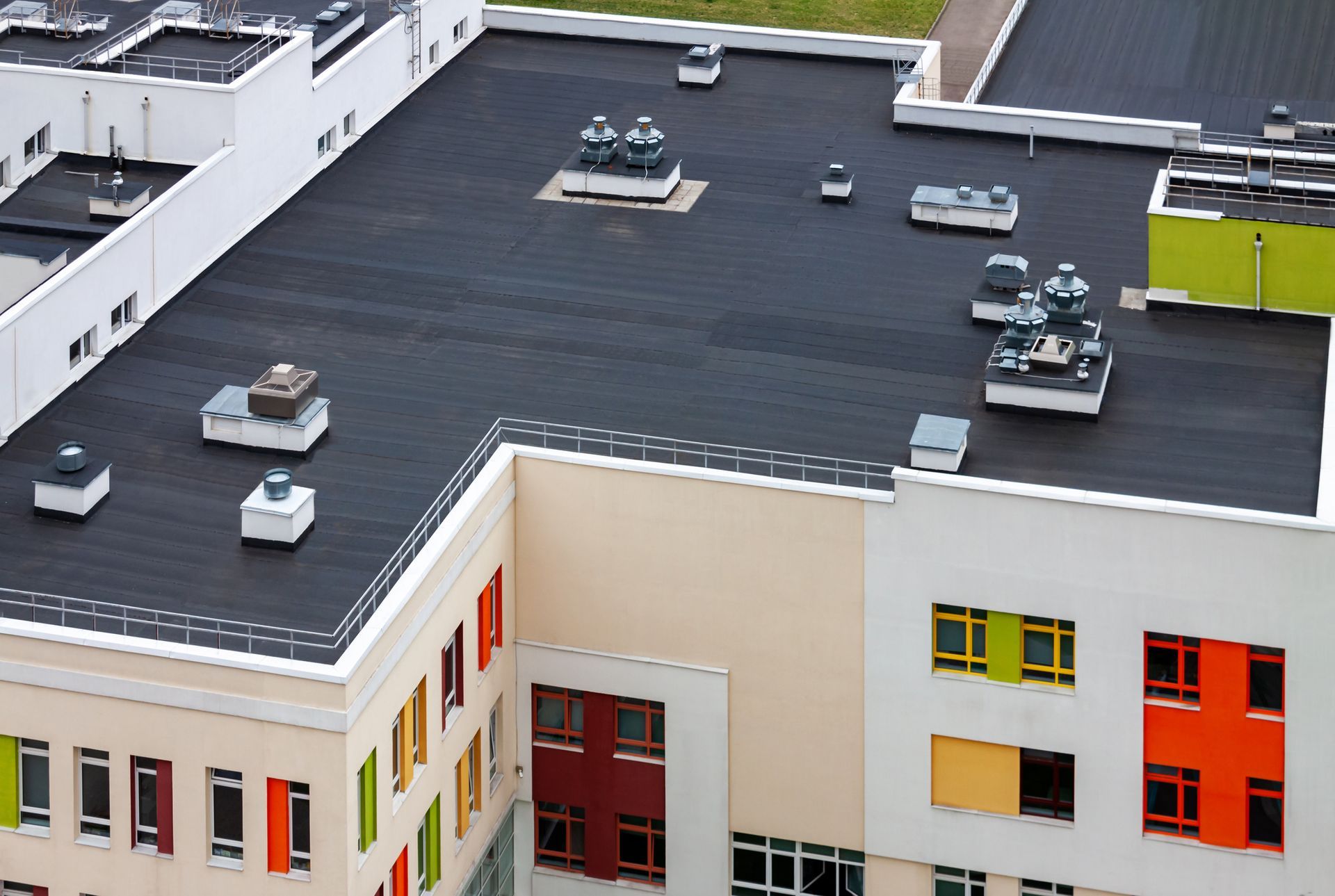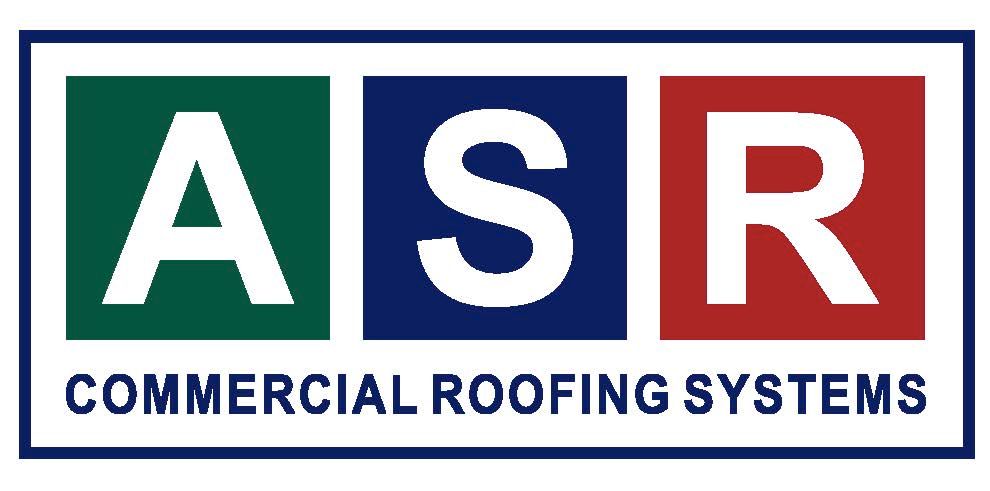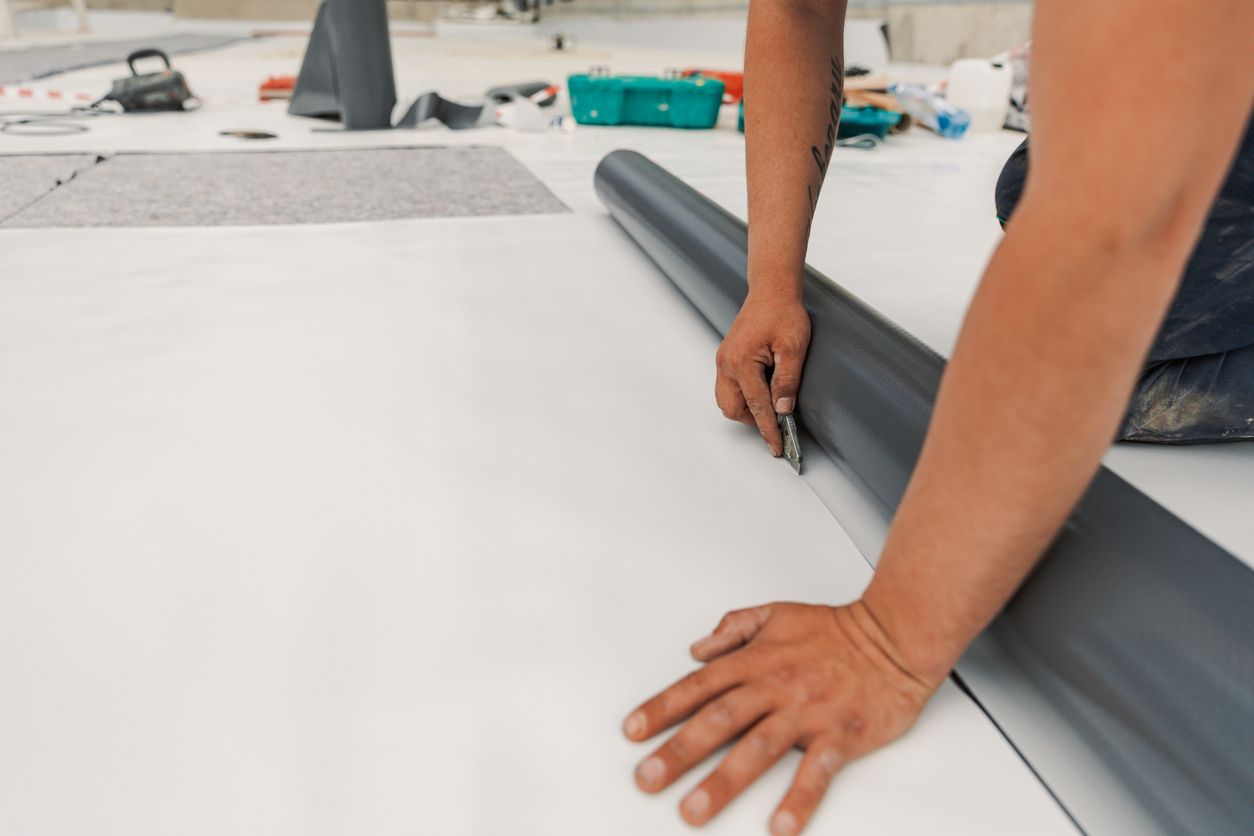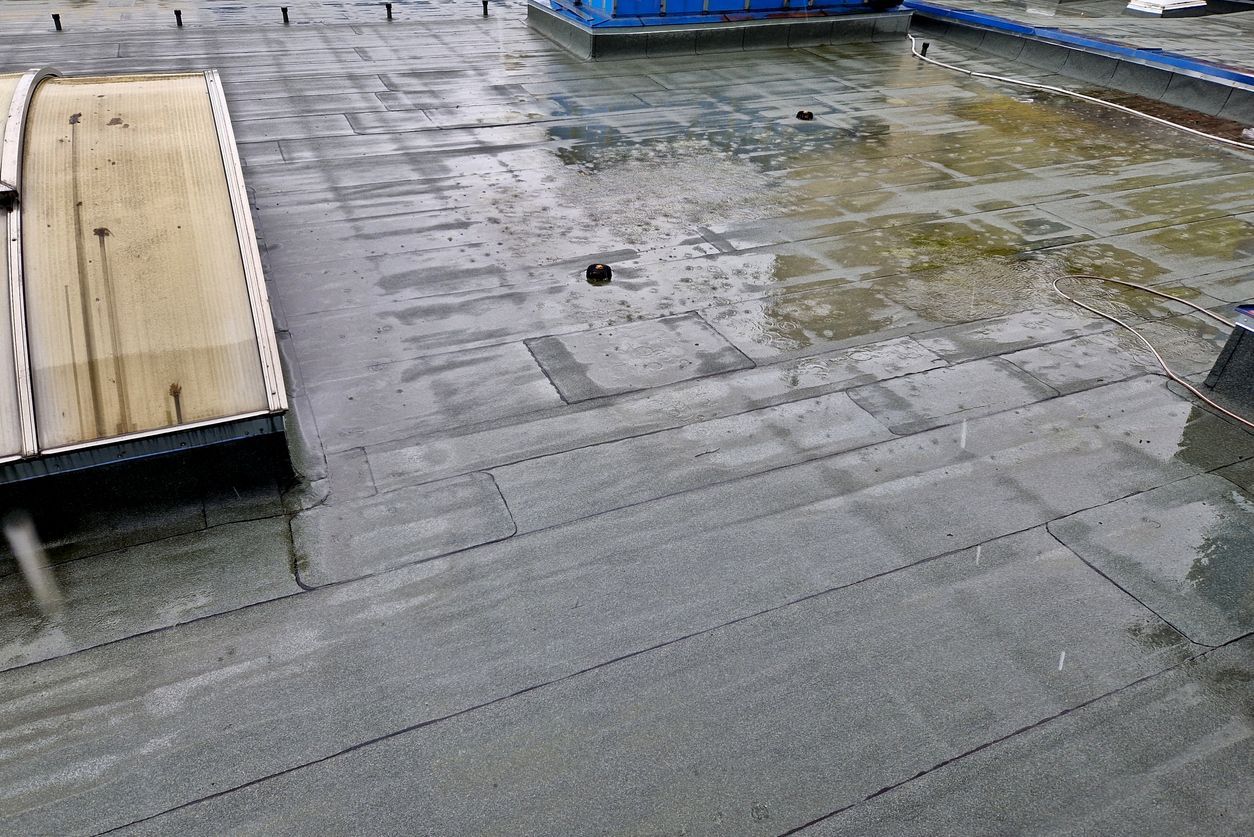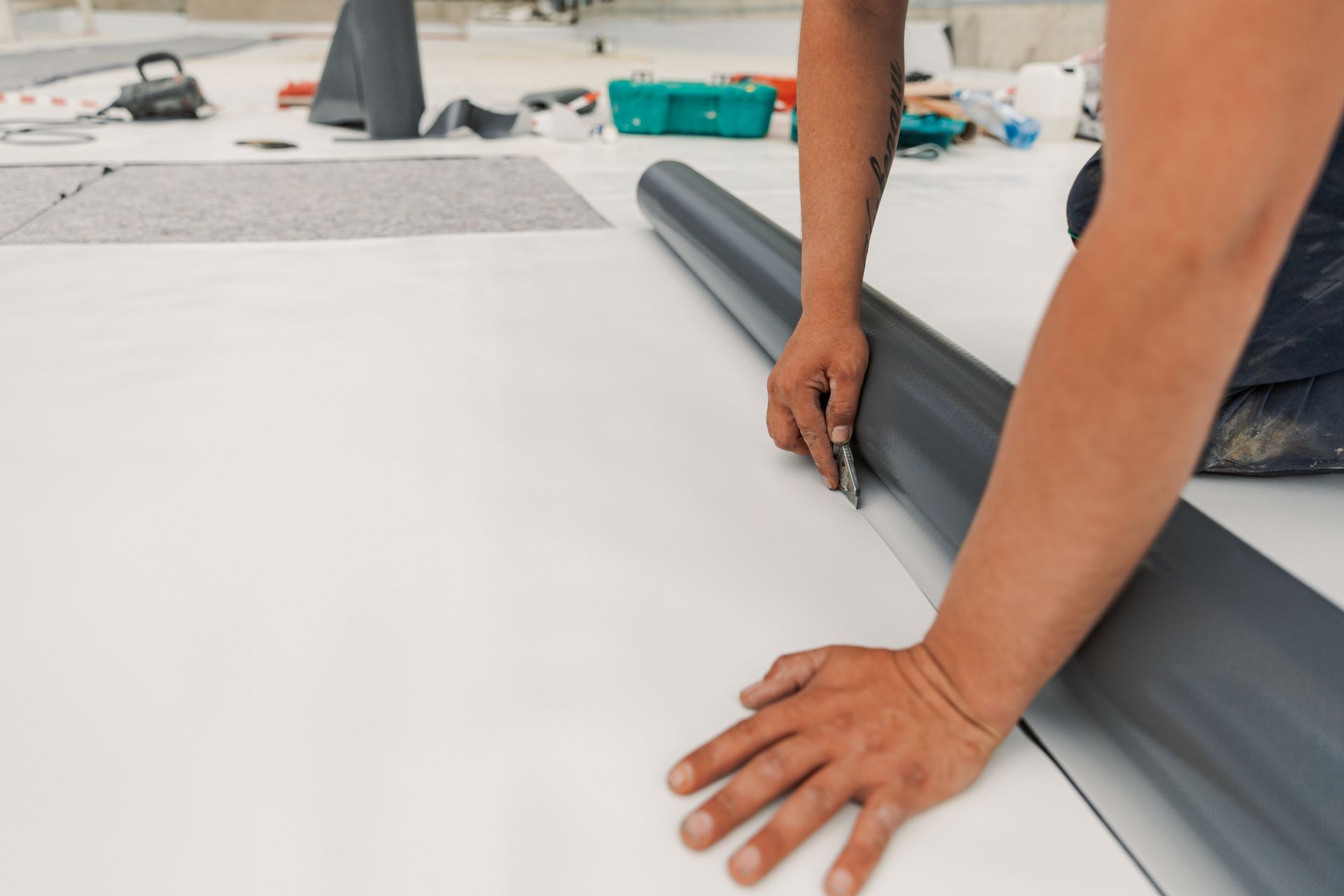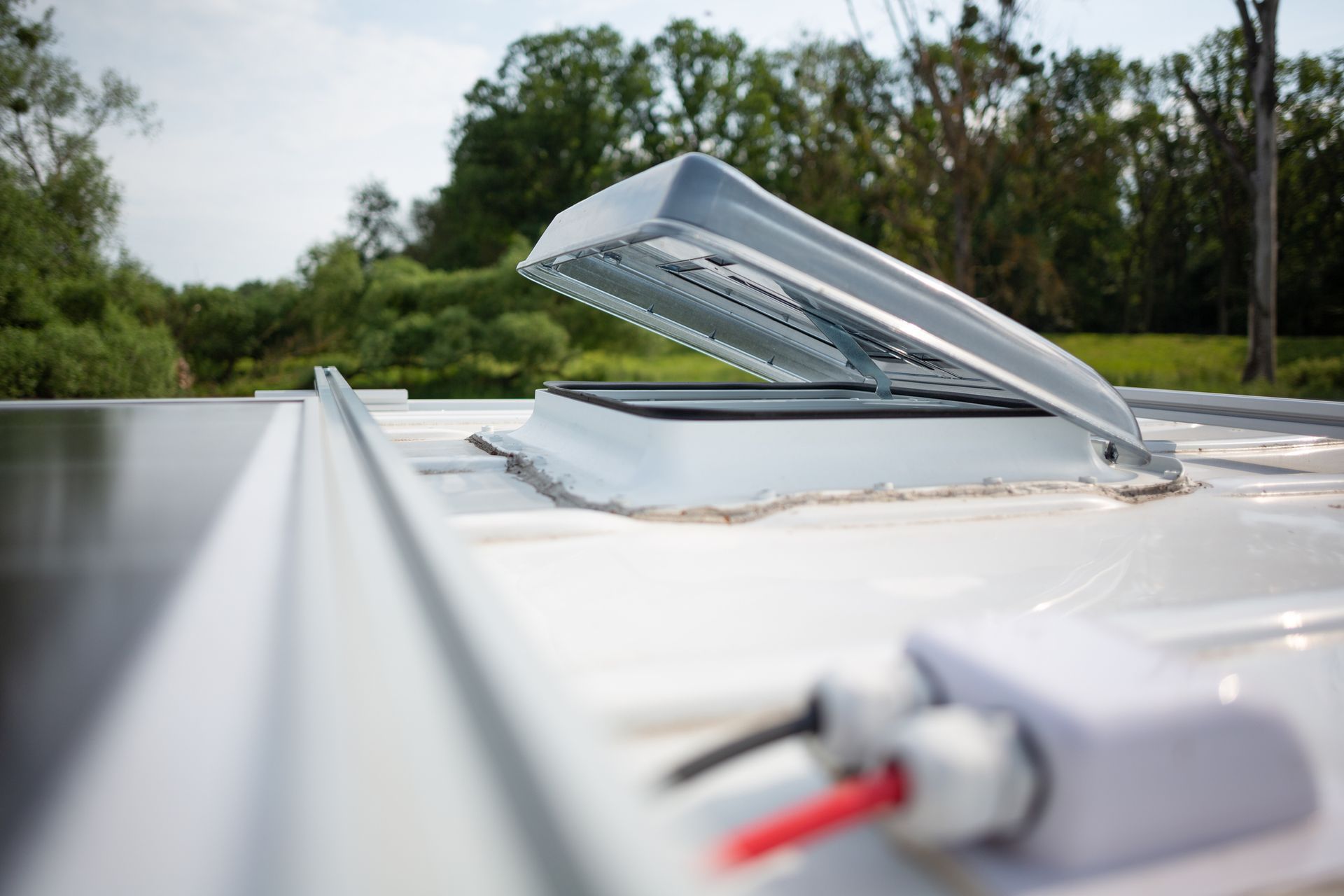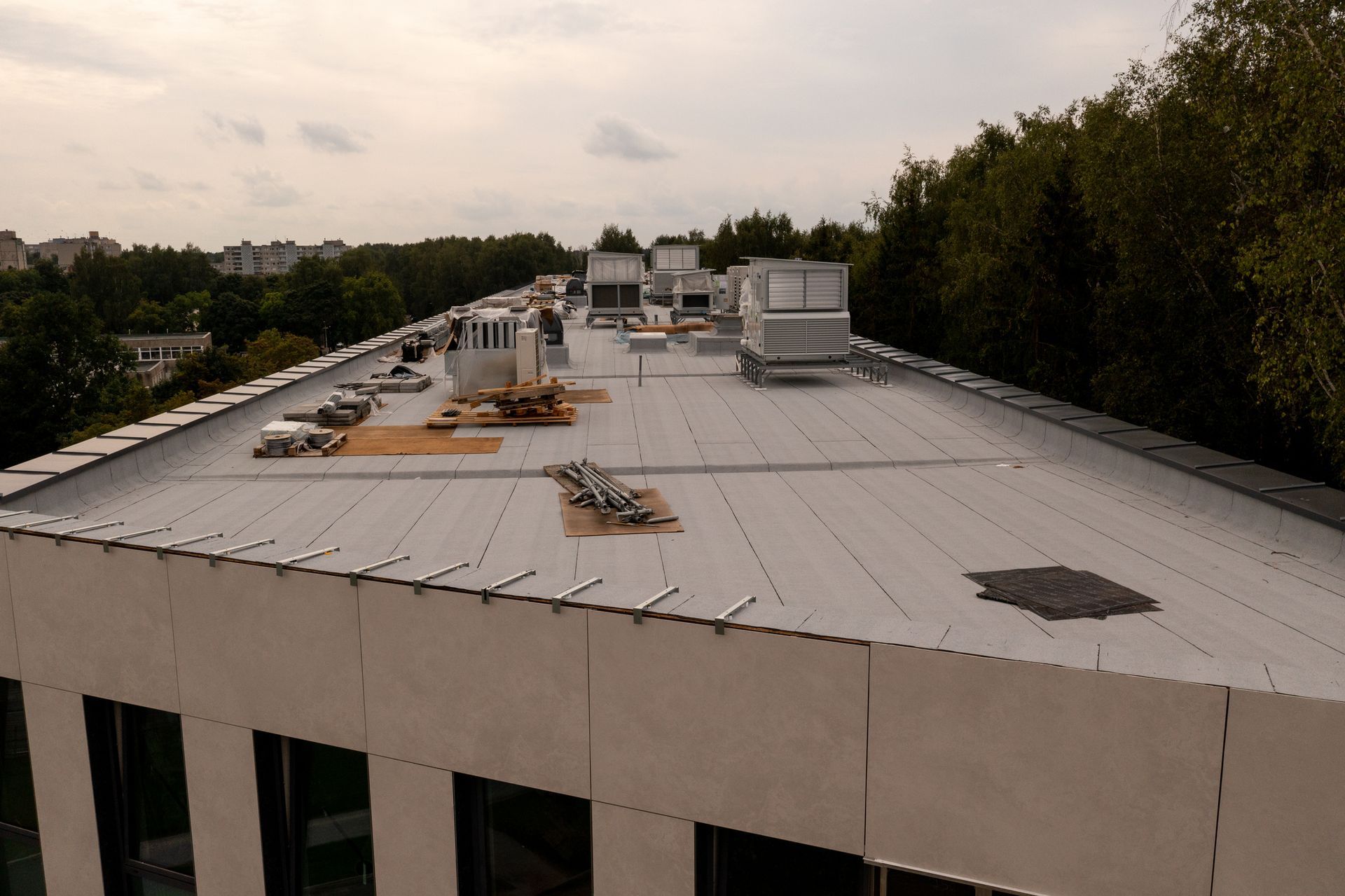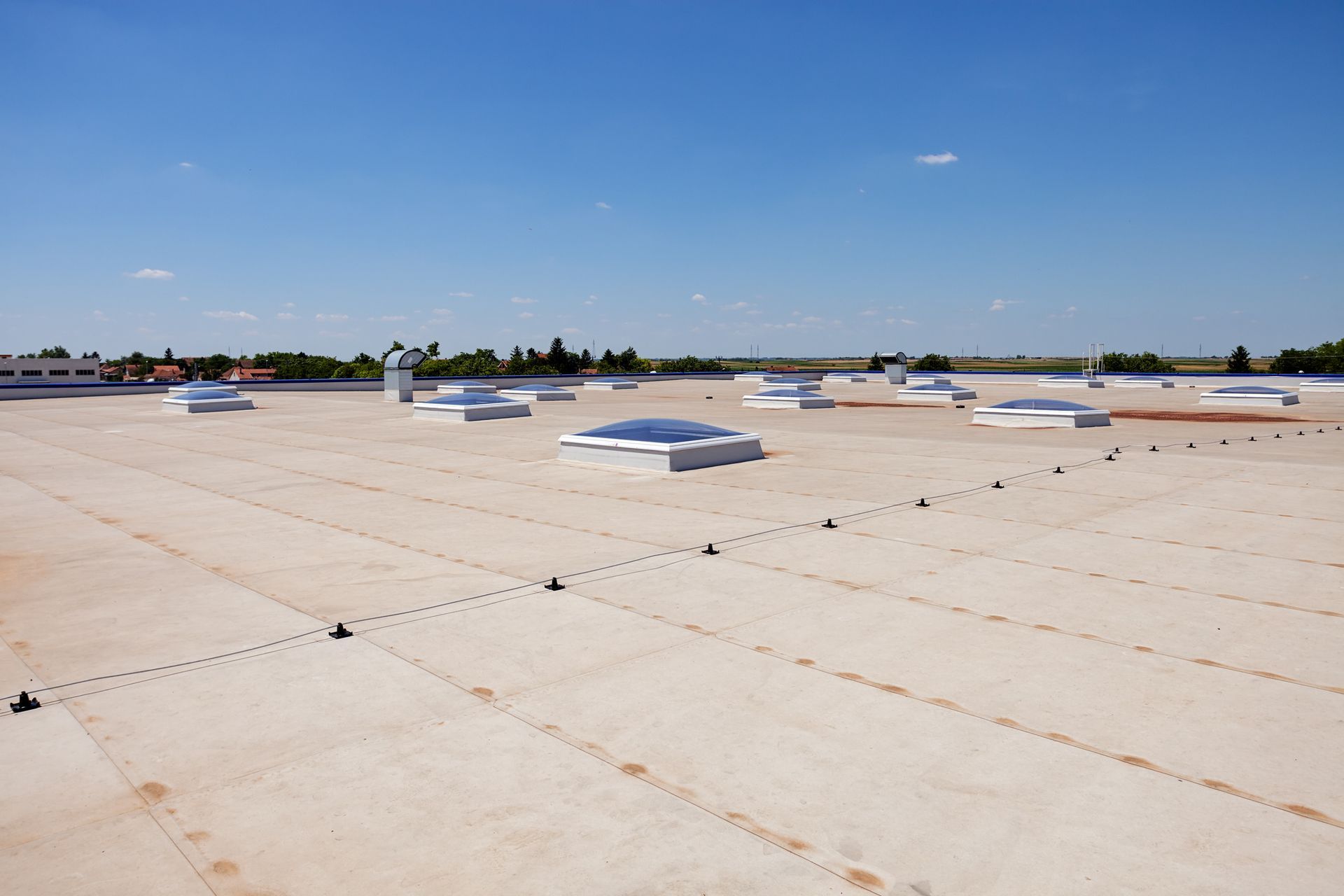What are the Advantages of Common Flat Roof Membranes?
Property owners and managers in today’s economy are faced with the daunting task of keeping their facilities in top shape and providing for the safety of occupants. One of the most critical components of a commercial building is its roof.
Choosing among the available flat roof systems for your project could be a difficult decision. What you don’t want, however, is tile or asphalt coverage for a flat environment since these systems are prone to leaks and other damage. Thanks to developments in roofing technology, there are better choices in flat roof membranes that have some distinct advantages.
What is a Flat Roof Membrane?
A flat roof membrane is a sheet that is constructed from various materials. The sheets are laid across the roof and are bonded together with a strong adhesive. Depending on the materials, the sheets might be bonded using heat or other specialized applications. Since seams can be a source of weakness, it is vital these roofing systems be installed by a professional contractor that is licensed and has experience with flat roof membranes.
Two common types of flat roof membranes are TPO and EPDM. TPO is usually a white roof, but it can also come in other colors. The material is highly reflective. EPDM is a dark, or black, membrane made of high-performance rubber that provides excellent weather resistance and heat retention. In reality, you can also get a rubber roof in a variety of colors. For example, a colder climate might opt for a darker color to absorb heat while a tropical climate would choose a lighter color to reflect UV rays.
The Advantages of Common Flat Roof Membranes
When you are trying to find the perfect flat roofing system for your building, the choices can be confusing. Old technology, such as built up roofing (BUR) with tar and gravel, just doesn’t make sense anymore due to its weight and complexity.
TPO roofs are gaining popularity because they are energy-efficient, reflecting harsh UV rays away from your building. A TPO membrane is also slicker, meaning it may be more resistant to dirt and debris buildup. This also means, however, that it won’t be a good candidate for a roof that requires frequent foot traffic. If you choose a TPO roof and need to account for foot traffic, you also have the option of adding a floating walkway on top. These roofs provide an affordable system with a lifespan of up to 20 years.
EPDM roofs are commonly known as “rubber roofs,” and these provide several benefits to the property owner or occupant. These are highly weather-resistant roofs, meaning they can withstand wind, hail, and UV damage. The roof is flexible when properly installed, so it can accommodate structural settling without stressing the membrane. When issues do arise, an EPDM roof can be repaired, extending their useful life. These roofs are slightly more affordable than a TPO roof, with a lifespan of up to 30 years when properly maintained.
Contact All Seasons Roofing for Your Commercial Flat Roof Needs
Flat roof membranes make up a majority of the roofing systems for commercial, manufacturing, and industrial facilities that want an economically efficient and sustainable option. At All Seasons Roofing, LLC, we specialize in TPO and EPDM commercial flat roofs to deliver the highest quality and longest-lasting system to our clients.
Our goal is to provide you with a quality roof that will suit your needs, all at an affordable price. Contact us now to speak with one of our roofing consultants about your commercial flat roof needs. We serve clients throughout Central Missouri.
The post What are the Advantages of Common Flat Roof Membranes? appeared first on All Seasons Roofing.
The post What are the Advantages of Common Flat Roof Membranes? appeared first on All Seasons Roofing.
